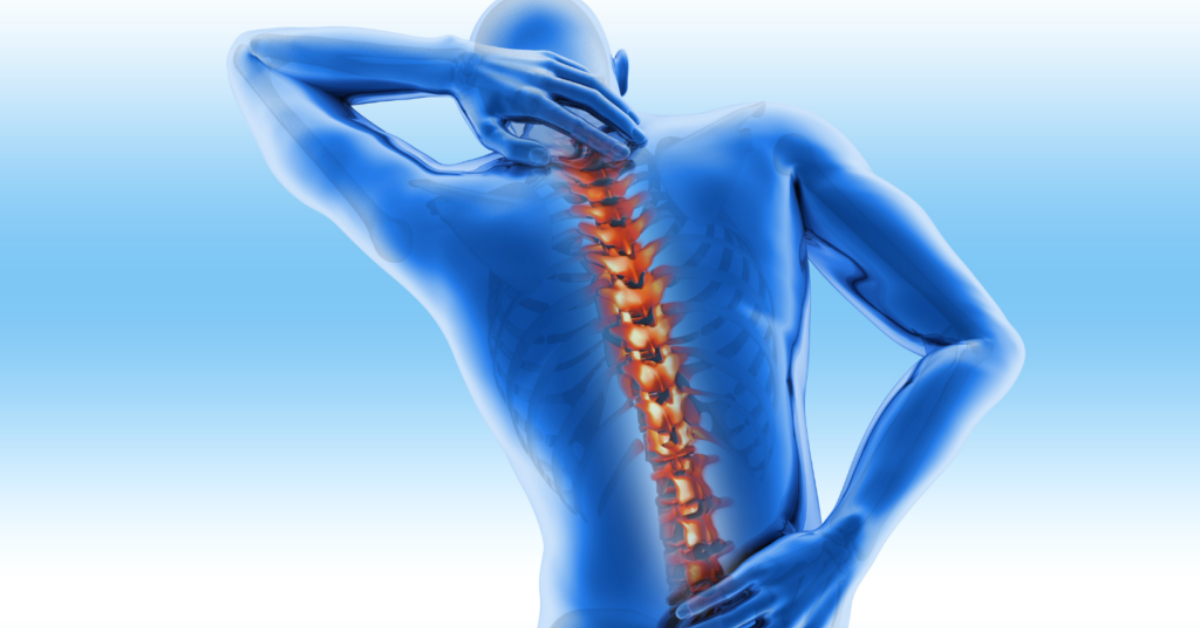Endoscopic Spine Surgery

What is Endoscopic Spine Surgery?
Endoscopic Spine Surgery (ESS) is a modern, minimally invasive procedure that helps people with chronic back and leg pain. It uses a tiny camera on a thin tube that goes through a small ¼-inch cut in your skin to fix issues in your spine. This surgery lets doctors work more safely and accurately, giving patients better results.
During ESS, the surgeon watches what’s happening inside your spine on a clear screen and uses tiny tools like lasers, radiofrequency probes, and graspers to do the surgery.
What are the Benefits of Endoscopic Spine Surgery?
ESS is the best option for people with back problems like herniated discs, low back pain, and sciatica. It uses a very small cut, so you get better faster than with other kinds of spine surgery.
The good things about ESS are:
- Quick Recovery: You can go back to work and your normal routine faster.
- Tiny Cut, Less Pain: The small cut means less pain after the surgery.
- Light Sedation and Local Anesthesia: This is safer than being completely asleep with general anesthesia.
- Lower Infection Risk: There’s less chance of getting an infection.
- An Alternative to Spine Fusion: In some cases, it’s an option instead of a more complex spine fusion surgery.
ESS is a great way to treat pain from problems like herniated discs, spinal stenosis, sciatica, and facet joint syndrome. It helps people get back to their normal activities faster while managing their pain.
What’s Good About Endoscopic Spine Surgery?
Regular or minimally invasive spine surgery tries to help with pain by fixing issues in the spine without harming the muscles or spine structure. But sometimes, even when the surgery is successful, patients still feel some pain or discomfort because of the surgery’s impact on their muscles and spine.
The Benefits of ESS are:
Quick Recovery: You can get back to your daily activities, including work, more quickly.
Protects Muscles and Spines: Your spine structure and back muscles aren’t affected much, causing less disruption.
Less Scarring: There’s not much scarring inside or on your skin.
Less Pain After Surgery: You won’t need as much strong pain medicine.
Very Small Cut: The cut is just ¼ inch long.
Light Sedation and Local Anesthesia: It’s safer than general anesthesia.
Little Blood Loss: There’s not much blood loss.
Lower Infection Risk: The risk of getting an infection is low.
An Alternative to Spine Fusion: In some cases, it’s a choice instead of a more complex spine fusion surgery.
Outpatient Procedure: You can usually go home just a couple of hours after the surgery. Endoscopic Spine Surgery is a top choice for those wanting relief from spine problems while minimizing pain and recovery time.
Knee Replacement Causes
Chronic Knee Pain: Knee replacement is often needed when you have ongoing knee pain that makes it hard to do daily activities like walking, climbing stairs, or standing up from a chair. This pain can be caused by conditions like osteoarthritis, rheumatoid arthritis, or injuries.
Swelling and Stiffness: Swelling and stiffness in the knee might make it difficult to move freely. Knee replacement may provide comfort for diseases such as inflammation, cartilage loss, or synovitis.
Ongoing Discomfort at Rest: Pain and discomfort that continues even while the knee is at rest might be a strong indication for knee replacement. This often suggests essential joint injury or arthritis.
Inflammatory Arthritis: Disorders like inflammatory arthritis, including rheumatoid arthritis, can cause severe pain in the joints and damage.
Some Frequently Asked Question:
What is arthroscopy surgery, and how is it different from regular surgery?
Arthroscopy surgery is a special kind of surgery for joint problems, like in your knees or shoulders. Instead of big cuts, doctors use a tiny camera and small openings. This helps them fix issues without causing a lot of damage to your body. It’s like surgery, but smaller.
Why would I need arthroscopy instead of other treatments?
Arthroscopy is great because it’s precise and not as big as regular surgery. It means less pain and a faster recovery for you. Doctors use it for different joint problems, like fixing torn ligaments or taking care of swelling in your joints.
What kinds of joint problems can arthroscopy fix?
Arthroscopy is like a superhero for joints. It can fix torn ligaments, remove bits that shouldn’t be there, and help with problems in the cartilage. It’s a handy tool for lots of joint troubles.
How long does it take to recover from arthroscopy surgery?
Recovery is quicker with arthroscopy! Since the cuts are small, you’ll be up and about faster. Most people can get back to doing their favorite things sooner compared to regular surgery.
Are there any risks with arthroscopy surgery?
Like any surgery, there are small risks, but arthroscopy is generally safe. Infections and bleeding are rare. Your doctor will explain the risks and benefits to make sure it’s the right choice for you.

